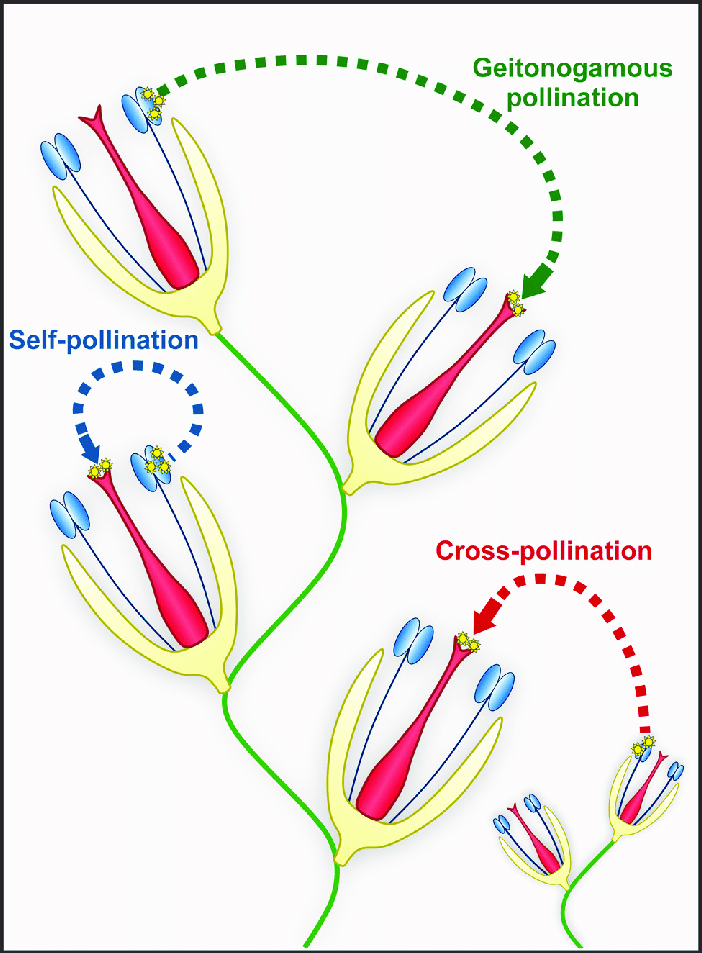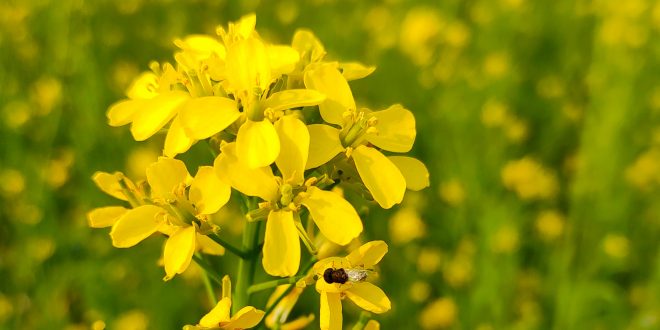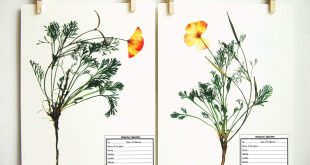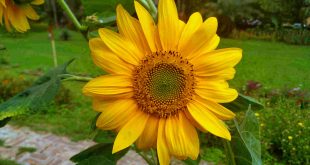Pollination is a very significant process of reproduction in plants. Creating offspring for the next generation is one of the major goals of every organism. Plants are indifferent too. One of the ways that plants can produce offspring is by making seeds, i. e., by sexual reproduction. Seeds contain the genetic information to produce a new plant. Seeds can only be produced when pollen is transferred between flowers of the same species. And the process is termed as pollination.
In this article- pollination, its modes and conditions are described briefly.
Best safe and secure cloud storage with password protection
Get Envato Elements, Prime Video, Hotstar and Netflix For Free
Best Money Earning Website 100$ Day
#1 Top ranking article submission website
What is Pollination?
Pollination refers to the act of transferring pollen grains from the male part of a plant (anther) to the female part of a plant (stigma) enabling fertilization and later the production of seeds.
Pollinating agents are animals such as insects, birds, and bats; water; wind; and even plants themselves (pollination within a closed flower).
Types of Pollination
There are generally three modes or types of pollination in crop plants and these are-
1. Autogamy or self-pollination,
2. Allogamy or cross-pollination &
3. Geitonogamy.
Self-pollination (Autogamy)
Self-pollination is the pollination of a flower by pollen from the same flower or from another flower on the same plant.
- Self-pollination is the key to reproductive assurance in annual plants as these plants have fewer opportunities for genetic recombination in their short life span.
- This type of pollination is only found in bisexual crops.
- Some common self-pollinating crop plants are barley (Hordeum vulgare), common bean, eggplant, lettuce (Lactuca sativa), oat (Avena sativa), pea (Pisum sativum), peach (Prunus persica), peanut, pepper, rice (Oryza sativa), soybean (Glycine max), tomato (Lycopersicon esculentum), wheat (Triticum aestivum).
Cross-pollination
Cross-pollination is the pollination of a flower by pollen from a flower of another plant.
- Cross-pollination generally occurs in perennials as these plants have more opportunities for genetic recombination in their broad life span.
- This type of pollination may occur both in unisexual and bisexual flowers but it is the rule in unisexual flowers.
- Some common cross-pollinating crop plants are alfalfa (Medicago sativa), banana (Musa sapientum), carrot (Daucus carota), cassava, cucumber (Cucumis sativus), maize (Zea mays), onion (Allium cepa), rye (Secale cereale), sugarbeat, sunflower (Helianthus annus), sweet potato, watermelon (Citrullus vulgaris).
Geitonogamy
When the pollens of a flower falls on the stigma of another flower of the same plant, it is called Geitonogamy, it is genetically equal to self-pollination. e. g. maize.

Conditions for Pollination
Essential conditions for self-pollination
Some essential conditions that favour self-pollination are as follows-
- Monocliny or Bisexuality: Monocliny or Bisexuality means the presence of both male and female parts in the same flower or on the same plant. It is the most important rule for self-pollination. Without this condition, self-pollination is never possible.
- Homogamy: Homogamy is the condition in which the male part (anther) and the female part (stigma) of a bisexual flower mature at the same time. It is also an important condition for self-pollination.
- Chasmogamy: In some species, the flowers mostly open only after the pollination has taken place, this condition is referred to as chasmogamy. In this case, pollination occurs when the flower is still unopened so it is also known as bud pollination. This occurs in many cereals, such as wheat, barley, rice and oats. Since the flowers finally open, some cross-pollination may occur.
- Cleistogamy: In this condition, the bisexual flowers never open and it ensures complete self-pollination. e.g. California oat grass.
- Sometimes the morphology of the flower is such that the stigmas are closely surrounded by anthers (e.g. tomato, brinjal). In such flowers, pollination generally occurs after the flowers are open. But the position of anthers in relation to stigmas ensures self-pollination.
- In some species, flowers open but the stamens and the stigmas are hidden by others floral organs. In several legumes e.g., pea (Pisum sativum), mung (Vigna radiata), Soybean (Glycine max) and gram (Cicer arietinum), the stamens and the stigmas are enclosed by the two petals forming a keel.
- In a few species, stigmas become receptive and elongate through the stamina columns.
Essential conditions for cross-pollination
Some essential conditions that favour cross-pollination are as follows-
- Dicliny or Unisexuality: Dicliny or unisexuality is the presence of only one kind of reproductive part in a flower. In this, a plant may be monoecious i.e. male and female parts are in separate flowers but present on the same plant or the plant may be dioecious i.e. male and female parts are in separate flowers on different plants. So in unisexual plants, cross-pollination is the only option.
- Dichogamy: Male and female parts of bisexual flowers mature at different times. If the male part mature earlier than the female part it is called protandry on the other hand if the female part mature first it is known as protogyny.
- Heterostyly: The styles and filaments of flowers are of different lengths resulting in cross-pollination.
- Herkogamy: In some flowers, there may be some physical barriers, e.g., spatial septation between the anthers and the stigmas so that the self-pollination between them is rendered difficult or even impossible.
- Male-sterility: Male sterility means the absence of functional pollen grains in otherwise bisexual flowers. It is the inability of fertilization by the pollen of the same flower. Therefore cross-pollination takes place.
- Self-incompatibility: Self-incompatibility is a genetically controlled process to prevent self-fertilization. In this case, pollens are viable but not able to fertilize the same flower and this results in cross-pollination.
Both pollination processes are important in crop plants. Self-pollination results in purity but cannot create diversity. Again continuous selfing gives rise to weaker progenies. On the other hand, cross-pollination makes great variation and gives rise to healthier progenies which can survive more in the evolutionary process.
Related Articles
References
- Elementary Principles of Plant Breeding by H K Chaudhari.
- Plant Breeding Principles and Methods by B. D. Singh (4th edition; 1990).
 Plantlet The Blogging Platform of Department of Botany, University of Dhaka
Plantlet The Blogging Platform of Department of Botany, University of Dhaka






Well furnished article❤️. Try to add more info and difference table to make it worthy.
Thank you for your valuable comment. I will definitely try.
All the top-notch information about pollination is described briefly. Thanks for summing up everything in a short article. Hope it would be very useful for a lot of students. Adding more photos of the species mentioned in the examples would be appreciated.
You are welcome and thanks for the appreciation and feedback.
Very much interesting. Nice to read 💙
It’s my pleasure. Thanks brother 💚.